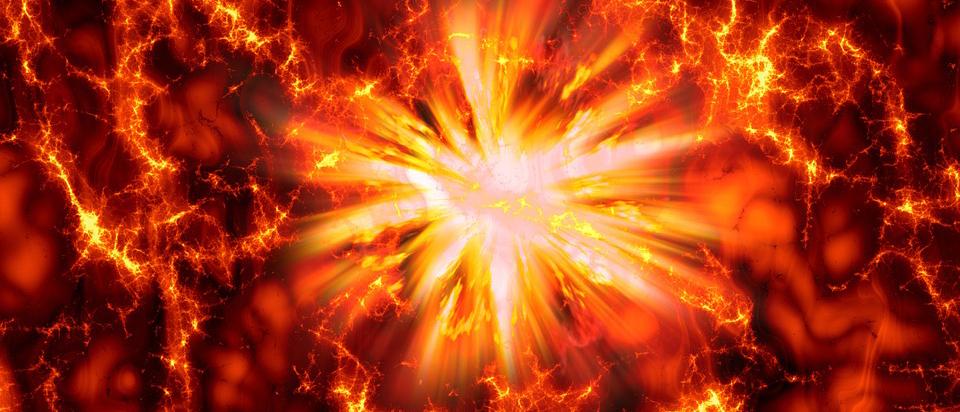On Saturday, Oct. 29, another Tech tradition made its way to campus. Big Bang, otherwise known as a series of experiments and explosive demos provided by the American Chemical Society, took place on DHH lawn. Trick-or-Treaters from Safe House, along with students were enthralled with hydrogen balloons, thermite reactions, elephant toothpaste and much more. Group members had to plan and prepare for the cold to make sure their experiments would hold up in the fall weather. Individuals in the community appreciated the display while showing off their costumes and taking part in the festivities.
“I really like the frozen (liquid nitrogen) candy,” said Amelia, age five. “The oreos, too. They’re really good.” Although the chapter at Michigan Tech is small (lead by Alex VanSumeren), the American Chemical Society has 157,000 members across the world. It is a very strong resource to begin networking with professionals and discover various career paths in the field of chemistry. “ACS is a really great group that allows you to get hands on experience right away. I immediately got to help conduct experiments and made connections with older students within my major. It is truly a lot of fun,” said Jessica Krycia, a first year chemistry student.
Older students act as mentors and allow younger members to spend more time in the laboratories, coordinate reactions, and even play on their broomball team if they are lucky.
Below a sample experiment that can be completed at home is described.
Aside from events like Big Bang, the American Chemical Society puts on an annual bake sale, visits the local high school to perform demos and provides hot chocolate during Winter Carnival. Students do not have to be chemistry majors, anyone is welcome to join while making new friends and learning in the process. Positions within the group such as vice president will be available next semester for any chemistry enthusiasts. Be sure to check out the website at https://www.acs.org/content/acs/en.html.
For this experiment you will need: an empty aluminum soft-drink can a 2- or 3-liter (2- or 3-quart) saucepan a pair of kitchen tongs Fill the saucepan with cold water. Put 15 milliliters (1 tablespoon) of water into the empty soft-drink can. Heat the can on the kitchen stove to boil the water. When the water boils, a cloud of vapor will escape from the opening in the can. Allow the water to boil for about 30 seconds. Using the tongs, grasp the can and quickly invert it and dip it into the water in the pan. The can will collapse almost instantaneously. What caused the can to collapse? When you heated the can you caused the water in it to boil. The vapor from the boiling water pushed air out of the can. Cooling the can caused the water vapor in the can to condense, creating a partial vacuum. The extremely low pressure of the partial vacuum inside the can made it possible for the pressure of the air outside the can to crush it. Happy chemistry! (Experiment courtesy of http://scifun.chem.wisc.edu)


